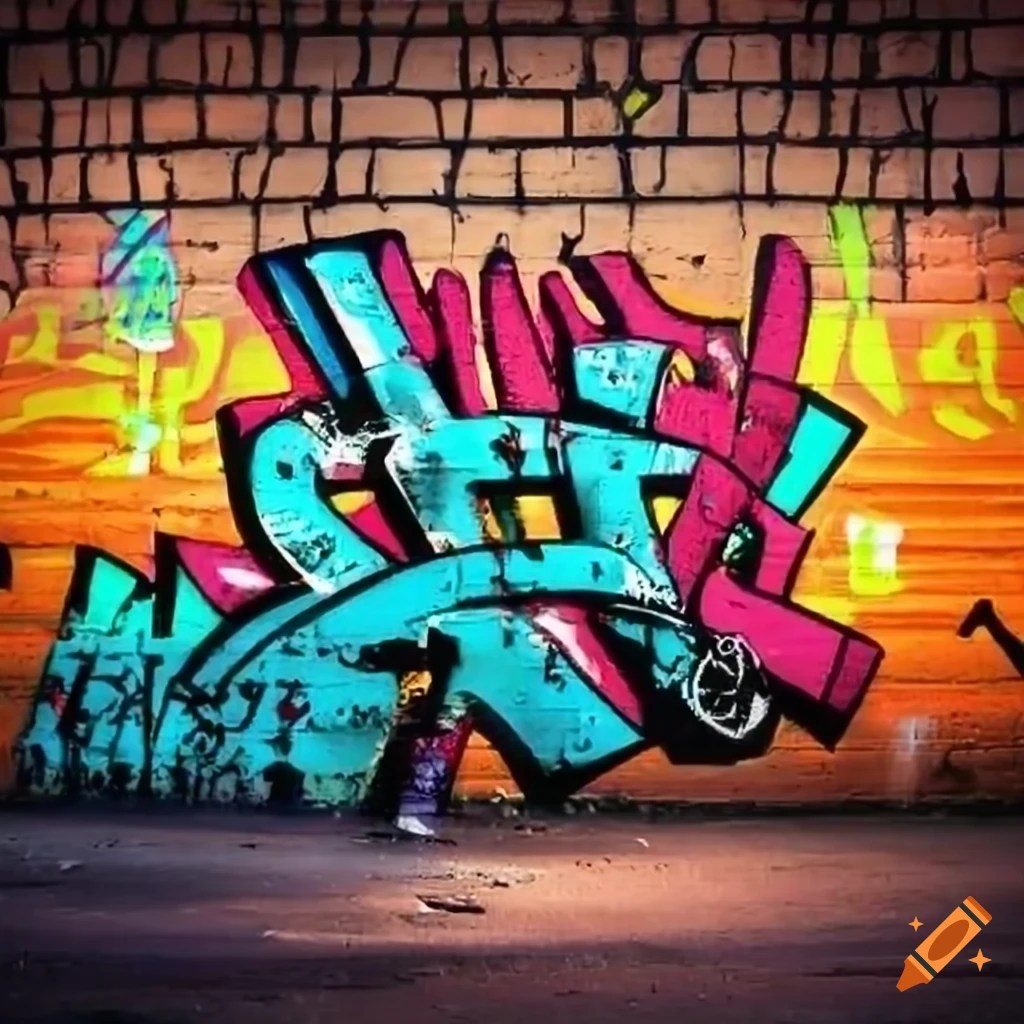The Ugly Side of Urban Art: Why Graffiti Is More Harm Than Expression
A splash of color on a drab wall, a bold statement scrawled across a bridge – graffiti can be captivating. Some view it as an expressive art form, a voice for the unheard. However, the reality of graffiti is far more complex. While the artistic merit of some graffiti is debatable, its negative impacts on communities and individuals are undeniable.
The act of defacing public or private property without permission is a crime. This simple fact forms the bedrock of why graffiti is wrong. It signifies a disregard for the law and the rights of property owners. Beyond the legal ramifications, graffiti often creates an atmosphere of neglect and can be a precursor to more serious crimes. Neighborhoods grappling with graffiti often experience increased vandalism and a decline in overall safety.
The historical context of graffiti is rooted in rebellion and counterculture. From ancient civilizations marking territories to modern-day gangs using it for intimidation, graffiti often represents a challenge to authority. While this element of rebellion might hold artistic appeal for some, it doesn't excuse the damage it inflicts on communities.
One of the primary reasons why graffiti is detrimental is its impact on the aesthetic quality of an environment. A beautifully maintained building marred by graffiti can instantly lose its appeal. This visual blight can diminish property values, discourage tourism, and foster a sense of unease among residents. The cost of cleaning and restoring graffiti-damaged property adds a significant financial burden on both individuals and municipalities.
Furthermore, graffiti can be used to spread hate speech, offensive imagery, or gang-related messages, creating a hostile and unwelcoming environment. It becomes a tool for intimidation, fear-mongering, and the promotion of negativity. The emotional and psychological impact of such graffiti on communities, particularly marginalized ones, can be profound.
Advantages and Disadvantages of Addressing Graffiti
| Advantages | Disadvantages |
|---|---|
| Improves aesthetics and property values | Can be costly and time-consuming to remove |
| Enhances community safety and well-being | May require ongoing efforts to prevent recurrence |
| Promotes respect for public and private property | Can be challenging to identify and apprehend perpetrators |
Best Practices for Graffiti Prevention and Removal
Combating the negative impacts of graffiti requires a multi-pronged approach involving prevention, enforcement, and community engagement. Here are some best practices:
- Rapid Removal: Swiftly removing graffiti sends a strong message that such vandalism won't be tolerated. Prompt removal also discourages further acts, as it minimizes the "reward" for perpetrators.
- Community Engagement: Empowering communities to take ownership of their neighborhoods through organized cleanups and beautification projects is crucial.
- Public Awareness Campaigns: Educating the public, especially young people, about the detrimental effects of graffiti can foster a sense of shared responsibility.
- Surveillance and Enforcement: Increased surveillance in graffiti-prone areas, coupled with strict enforcement of anti-graffiti laws, can serve as a deterrent.
- Alternative Avenues for Expression: Providing legal and designated spaces for street art and murals can channel creative energy positively while discouraging illegal graffiti.
Real Examples of Graffiti's Impact
Numerous cities around the world have grappled with the negative impacts of graffiti. Here are a few examples:
- Los Angeles: The city spends millions of dollars annually to clean up graffiti, diverting resources from other crucial public services.
- New York City: The Broken Windows Theory, which suggests that visible signs of crime like graffiti can encourage more serious offenses, originated from observations of graffiti in New York.
- Rio de Janeiro: While known for its vibrant street art scene, Rio also faces challenges with unwanted graffiti that defaces historical buildings and tourist attractions.
Challenges and Solutions in Graffiti Abatement
Addressing the issue of graffiti presents its own set of challenges. However, effective solutions exist:
| Challenge | Solution |
|---|---|
| Funding constraints for cleanup efforts | Seeking public-private partnerships and exploring innovative funding sources like grants. |
| Difficulty in apprehending perpetrators | Utilizing technology like surveillance cameras and working with community members to report incidents. |
| Balancing graffiti removal with freedom of expression | Creating designated areas for street art and engaging in community dialogues about appropriate artistic expression. |
Frequently Asked Questions about Graffiti
1. Is all graffiti considered bad?
While the legality and ethics of graffiti are complex, unauthorized graffiti on public or private property is generally considered vandalism.
2. Can graffiti ever be considered art?
The artistic merit of graffiti is subjective. However, it's crucial to distinguish between unauthorized graffiti and commissioned murals or street art.
3. What can I do if I see someone vandalizing property with graffiti?
Report the incident to the authorities immediately, providing as much detail as possible. Do not engage with the perpetrators directly.
Tips for Discouraging Graffiti
While completely eradicating graffiti might be challenging, here are some tips to discourage it:
- Maintain well-lit surroundings.
- Install security cameras in vulnerable areas.
- Plant thorny bushes or shrubs around walls to deter access.
- Use anti-graffiti coatings on surfaces to facilitate easier removal.
The issue of graffiti is a complex one, often blurring the lines between vandalism and art. While the debate about its artistic merit might continue, it's crucial to acknowledge the detrimental effects of unauthorized graffiti on our communities. By understanding the reasons why graffiti is harmful, implementing effective prevention strategies, and fostering a sense of shared responsibility, we can create cleaner, safer, and more beautiful spaces for everyone.
Union leader obituaries manchester nh
Unlocking halal integrity the power of internal halal committees
Draft pick bonanza nfl teams hoarding future stars














